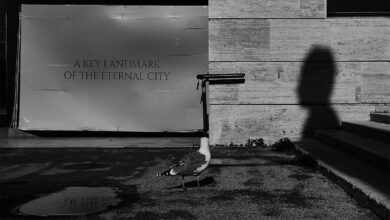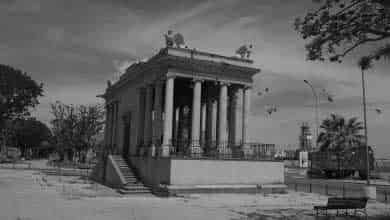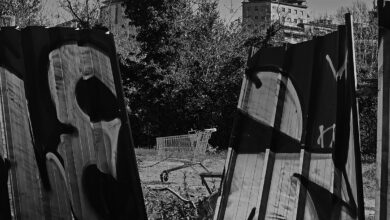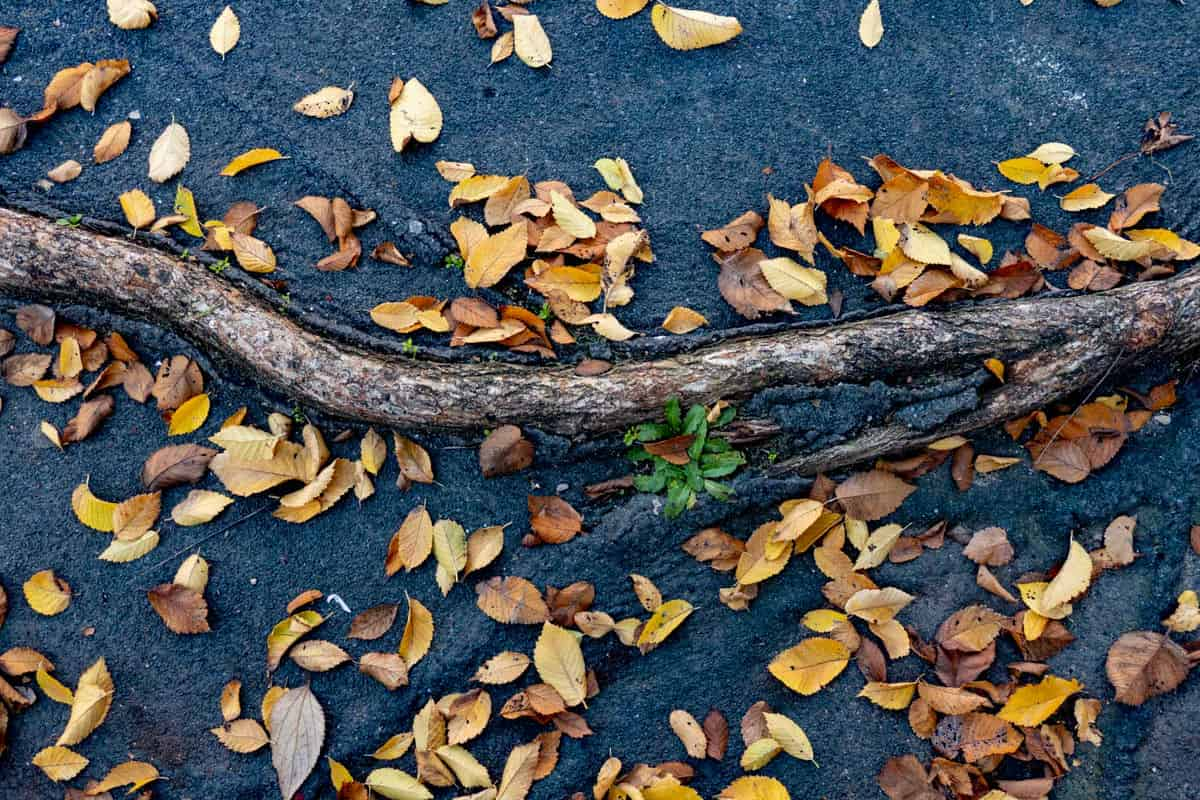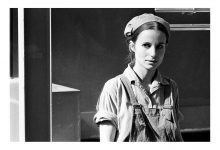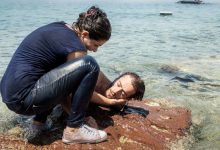The photography section of Isole che Parlano International Festival will be dedicated to Francesco Cito, winner of two World Press Photo , and one of the most important Italian international reporters.
The exhibition hosted – entitled Wide Gaze – will be an original project presenting a selection of over seventy images that will tell the story of a thirty-year journey and celebrate Cito’s return to the Palau Festival.
The exhibition, mainly in black and white but with an appendix in colour, will feature a wide-ranging look composed of around forty images taken from some of the most important reportages in the photographer’s career and three monothematic focuses: Coma, Palio di Siena and Sardegna.
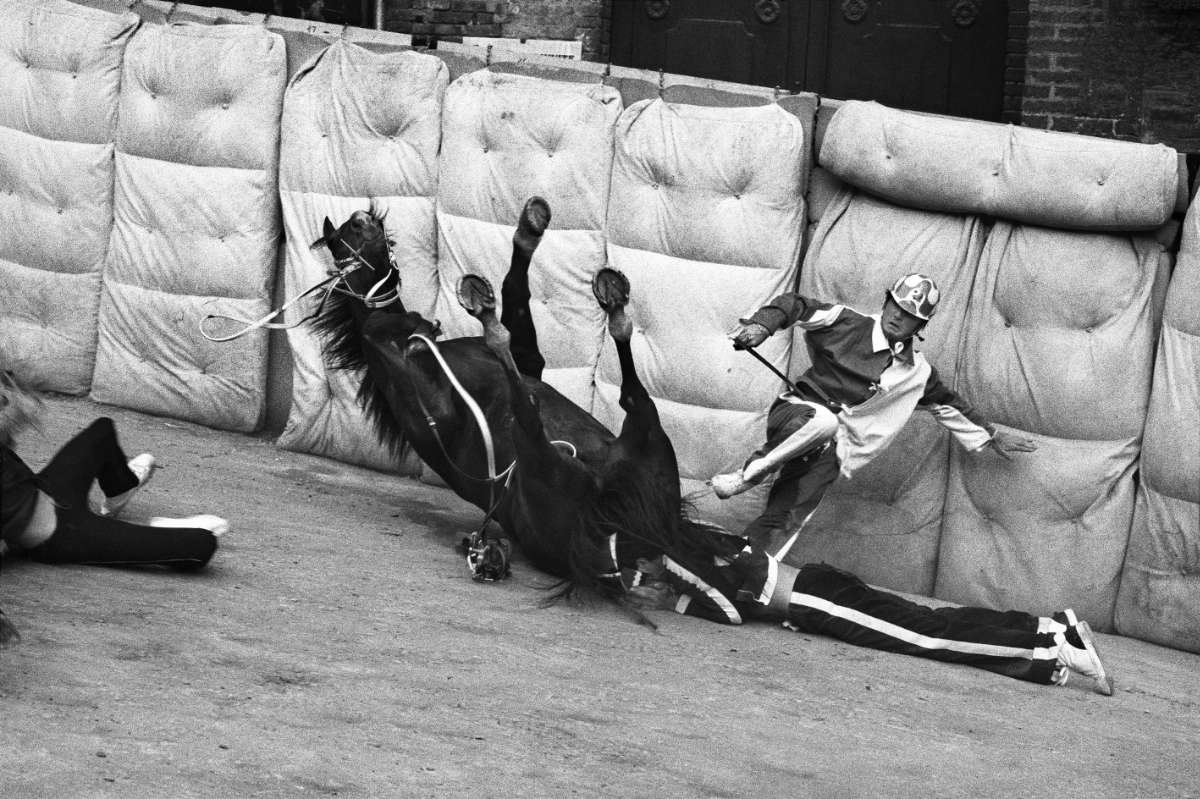
The title of the exhibition has a triple value. A technical one linked to the wide-angle lenses with which Cito usually works, one linked to the wide temporal and thematic span of the photos on show, and the third linked to the authorship, depth and strength of the images that give us the photographer’s view of the reality of the world.
A view that ranges over society, organised crime, wars and customs. The exhibition opens with a wide-ranging look at the shots that go back a long way in time, 1978 and 1979, mainly in colour, photos of punks and miners, taken in UK, or of tuna slaughter in Favignana.
From the red sea of blood we move on to black and white for the “miracle” of the melting of the blood of San Gennaro in Naples, also present in other shots, taken between 1987 and 1993.
Next comes Buckingham Palace, where Pope Wojtyla walks with Queen Elizabeth in 1982, and another royal palace where, 8 years later, a marine poses camouflaged on a sumptuous sofa in front of portraits of Saudi dignitaries.
We then move on to the theatres of war that Cito documented on the front line for several decades (risking often his life): from Afghanistan (1980) with portraits of guerrillas, to the Lebanon war (1982/1983).
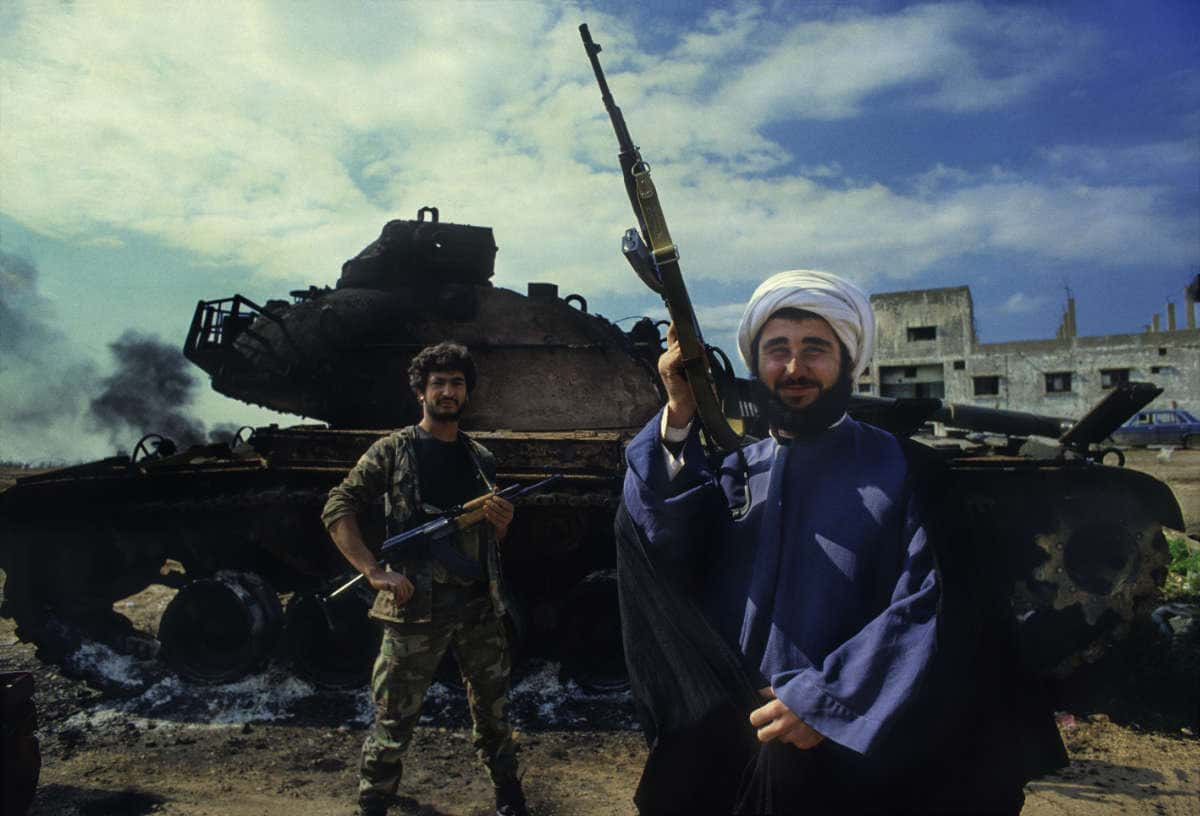
We then move on to one of Francesco’s favourite themes: the Palestinian conflict and issue, present with three shots (1986, 1988 and 2002) and an Iraqi soldier who died on the road to Basra and the oil wells in flames in the 1991 Gulf War. To close, a photo of Afghanistan (from 1989 but sadly current). To break this long series, reflected in the mirror, the gaze of a bus driver on a village in Iran (2001), and again a woman in Peshawar wearing a burqa that seems to be an integral part of a threatening mural behind her.
Meanwhile, an old woman dries herself on a beach in Rimini (1987), and in the same year, skinny men walking in the courtyard of the asylum in Reggio Calabria.
The photographs of human beings give way to landscape in a photo of the Sienese countryside and to animals with a cat playing between the pipes of the Petriolo spa and some white geese in a row and marching.
This brings us to Russia with three shots (2007/2009).
The first series of images closes with a suspended dive, immortalised in Corigliano Calabro.
Almost a reference to the situation described in Coma (photos from 1990 to 2008), in which suspension and immobility are present in the nine shots in the exhibition, in the impressive barred eyes of young children: a quite spectacular reportage of a long period and of rare human intensity.
Immobility and suspension are concepts that are, instead, completely overturned in the images of the Palio di Siena (1988/1998), where passion and faith, humanity and instinctiveness, the real and the surreal follow each other without a break in images that are particularly “dynamic” and full of tension.
And so, at the end of this journey, we come to Sardinia (1989/2003).

These are images of an island told inland, far from the coast, an island of archaic ways and rituals. A series of images of ritual moments and alienating situations: a woman holding a shotgun to celebrate S’incontru, carnival masks that recall the beasts of everyday life, cowbells hanging from the back of a Mamuthone, puppet funerals. Three elderly women from Olzai laugh at the window, during the madness of the carnival, and so do the Intintos of Olzai and a man from Orgosolo with only three teeth so similar to the mural behind him. An altar boy flies while ringing the bells for S’Ardia at the sanctuary of Santu Antinu, and shortly afterwards the wild equestrian ‘carousel’ starts up again.
Then, all of a sudden, everything stops and becomes austere again, like the couple in San Francesco di Lula, with the Supramonte behind them, looking far away, but not too far, like everything in Sardinia, or the shepherd leading his flock, under a heavy sky, in a plain that seems very wide: synthesis of the wide gaze of a great photojournalist.
Photo Exhibition Details
Title of the Photo Exhibition: Francesco Cito • Wide Gaze (un ampio sguardo)
Start Date: 09-09-2021 • End Date: 09-10-2021
Venue: Isole che Parlano (Italy)


